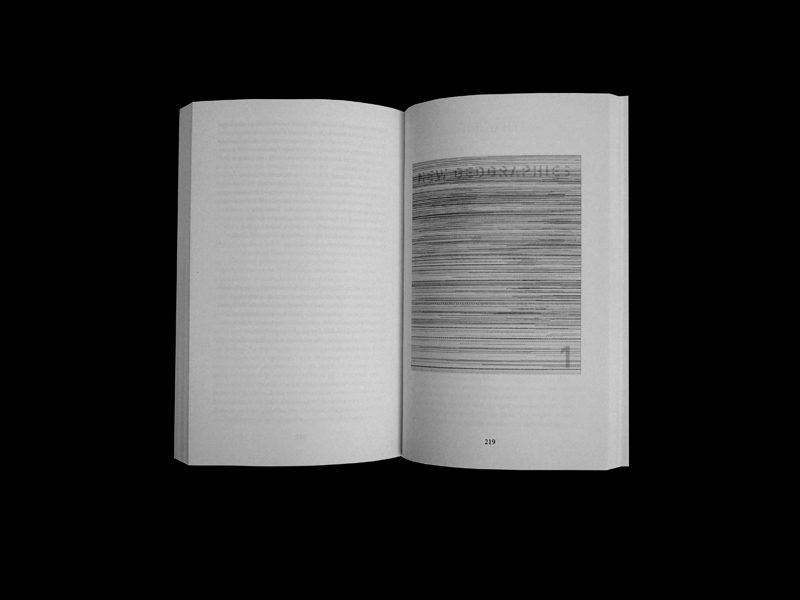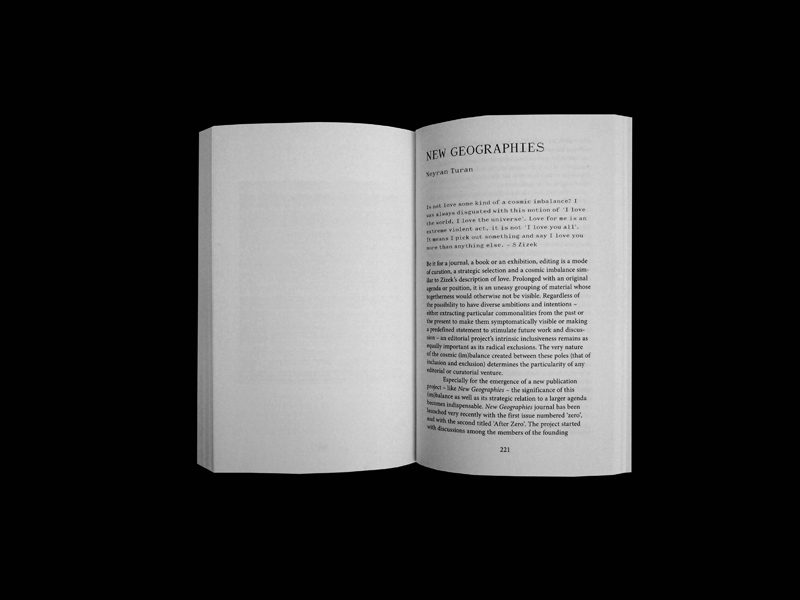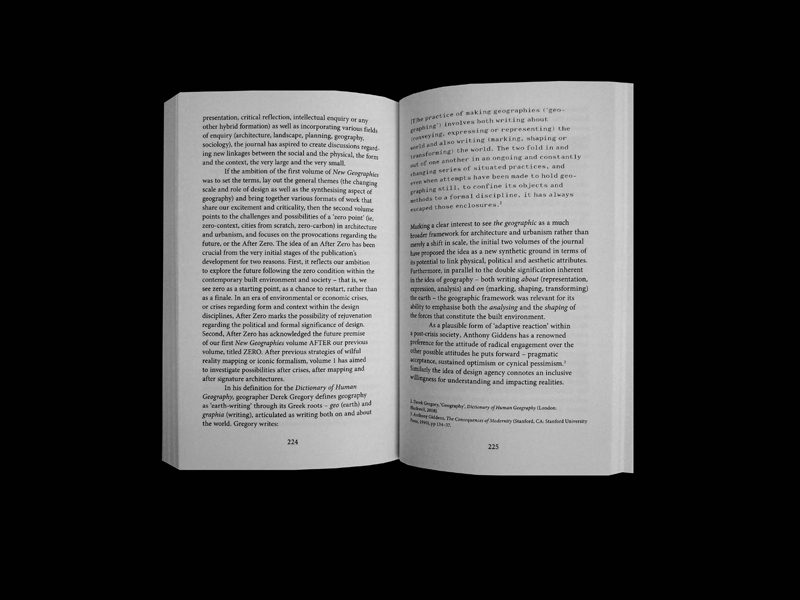Is not love some kind of a cosmic imbalance? I was always disgusted with this notion of 'I love the world, I love the universe'. Love for me is an extremely violent act, it is not 'I love you all'. It means I pick out something and say I love you more than anything else.
– Slavoj Zizek
Be it for a journal, a book or an exhibition, editing is a mode of curation, a strategic selection and a cosmic imbalance similar to Zizek's description of love. Prolonged with an original agenda or position, it is an uneasy grouping of material whose togetherness would otherwise not be visible. Regardless of the possibility to have diverse ambitions and intentions – either extracting particular commonalities from the past or the present to make them symptomatically visible or making a predefined statement to stimulate future work and discussion – an editorial project's intrinsic inclusiveness remains as equally important as its radical exclusions. The very nature of the cosmic (im)balance created between these poles (that of inclusion and exclusion) determines the particularity of any editorial or curatorial venture.
Especially for the emergence of a new publication project – like New Geographies – the significance of this (im) balance as well as its strategic relation to a larger agenda becomes indispensable…[B]eyond dichotomies of merely pragmatic journalistic reporting or isolated academic inquiry detached from any architectural or urban speculation, New Geographies positions itself as an alternative platform for new interactions between critical stance and speculative work.
In his definition for the Dictionary of Human Geography, geographer Derek Gregory defines geography as "earth-writing" through its Greek roots – geo (earth) andgraphia (writing), articulated as writing both on and about the world. Gregory writes:
[T]he practice of making geographies ('geographing') involves both writing about (conveying, expressing or representing) the world and also writing (marking, shaping or transforming) the world. The two fold in and out of one another in an ongoing and constantly changing series of situated practices, and even when attempts have been made to hold geographing still, to confine its objects and methods to a formal discipline, it has always escaped those enclosures.1
[I]n parallel to the double signification inherent in the idea of geography – both writing about (representation, expression, analysis) and on (marking, shaping, transforming) the earth – geographic framework stood relevant in its ability to emphasize both analyzing and shaping the forces that constitute the built environment....In this context, editorial projects like New Geographies gain further significance in their capacity to push boundaries and instigate prospective lines of thinking for architecture and urbanism. These editorial projects might not "love them all," but will certainly continue to create cosmic imbalances and activate design's potential to imagine alternative futures.
[1] Derek Gregory, 'Geography', Dictionary of Human Geography (Blackwell, 2008).



